Children and families are finally resuming some of their pre-pandemic activities, such as summer camp, vacations and in-person school. It is normal, and expected, for all kids — from toddlers to teenagers — to experience apprehension and anxiety about returning to activities after spending a whole year away from school, sports, camp and social activities. For some kids, this return will also trigger separation anxiety.
Symptoms of separation anxiety
Separation anxiety ebbs and flows throughout childhood — even teenagers can experience it. Younger children may become tearful when separated from parents, school age children may resist going to school and older kids may worry about their parent’s health. Many children will have at least one of the following symptoms of separation anxiety during any change in routine or new experience:
- Excessive distress about being away from loved ones.
- Constant worry that something bad will happen to a parent, such as getting sick or having a car accident.
- Refusing to be away from home because of fear of separation.
- Clinging or not wanting to go away from a caregiver at home – some parents describe their children as their “shadow.”
- Reluctance or refusing to sleep away from home without a parent or other loved one nearby.
- Repeated nightmares about separation from loved ones.
- Frequent complaints of headaches, stomachaches or other symptoms when separation from a parent or other loved one is anticipated.
- Behavioral outbursts, panic or tantrums when separated from parents.
- Texting/calling or asking teachers to call parents.
Strategies for dealing with separation anxiety
For many parents it’s hard to see their children upset and anxious. As parents we immediately want to run and be the hero and help our children feel better. However, trying to make your child’s feelings disappear with soothing can make them come back with more intensity.
Instead, try bringing awareness to your own thoughts and feelings. Take space, pause, take a deep breath and notice how you feel. Model how to express your own emotions as words. Verbalizing emotions can prevent them from building up inside.
Tips for resuming activities
- Take it slow. Just because in-person activities have resumed does not mean you have to go back to the exact intensity and engagement levels you had before the pandemic.
- Gradually increase activities. When you return to activities, try to keep weekends light in the first few months and gradually add in playdates or other activities. Our bodies need to build up social and physical endurance.
- Remember – pre-pandemic pace didn’t work for everyone. Now is a good time to determine your own pace. Establish new boundaries and develop a new normal.
- Reestablish routines. Parents now have a natural opportunity to reestablish routines with bedtimes, electronics or revising house rules.
Tips for drop-off
- Timing is everything. Discuss the good things about returning to school or activities in advance. Building up the positives will get your child excited and less focused on fear. Before separating, ensure your child’s needs are met — they are well hydrated, not hungry and not too tired (see our recommendations for hours of sleep by age).
- Create a morning goodbye routine. Create a specific goodbye routine on the way to school or daycare. This can include singing the same song or telling your child the same phrase every day before drop-off.
- Provide a transitional object to help with safety and cope with separation. This can be a small toy or special object that provides comfort. For older kids, parents can put a special note in their lunch or bookbag.
- Name and validate the emotions, but don’t soothe. Kids have big emotions that need to be seen and heard. Ignoring emotions may provoke more distress. When kids are distressed, they need help from adults to name the emotions. Try saying “I notice you are upset right now, it’s okay to feel scared and it’s okay to cry, I get upset too.” Resist soothing or minimizing your child’s fears.
- Handle leaving warmly and matter-of-factly. Have a plan and practice in advance what you will say. Having a template will help keep drop-offs short and sweet. Make sure you tell your child you love them, have a good day, and then leave.
- Practice self-compassion. Remember to notice your own emotions and feelings. We often can get stuck in unhelpful thinking patterns about our parenting practices or confidence in ourselves. These unhelpful thinking styles may make it harder to regulate our own emotions. Think of what you would say to a peer parent in a similar situation with empathy. Notice how changing the script in your head allows you to stay calm and make more intentional actions.
References and resources
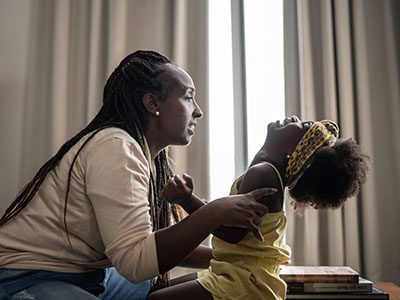 https://riseandshine.childrensnational.org/wp-content/uploads/2025/05/child-having-tantrum-feature.jpg
300
400
webteam
https://riseandshine.childrensnational.org/wp-content/uploads/2017/11/childrens_riseandshine_logo.jpg
webteam2025-05-07 15:54:412025-05-07 16:19:29Helping autistic children manage big feelings
https://riseandshine.childrensnational.org/wp-content/uploads/2025/05/child-having-tantrum-feature.jpg
300
400
webteam
https://riseandshine.childrensnational.org/wp-content/uploads/2017/11/childrens_riseandshine_logo.jpg
webteam2025-05-07 15:54:412025-05-07 16:19:29Helping autistic children manage big feelings





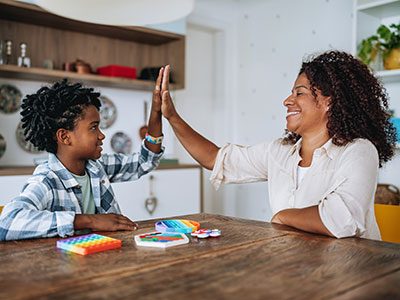
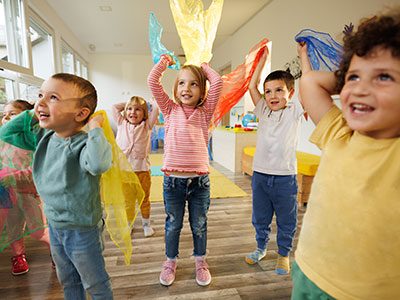


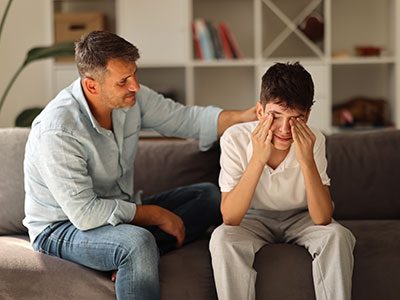


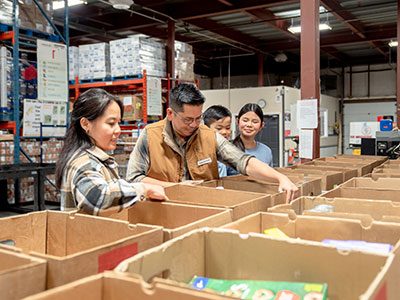
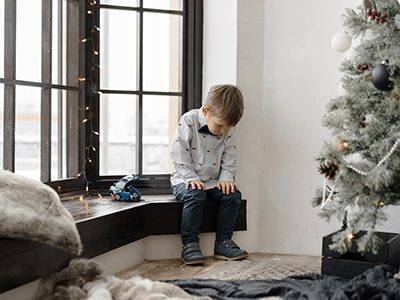
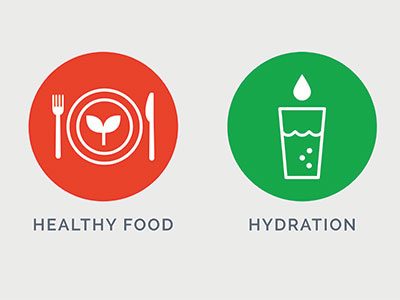


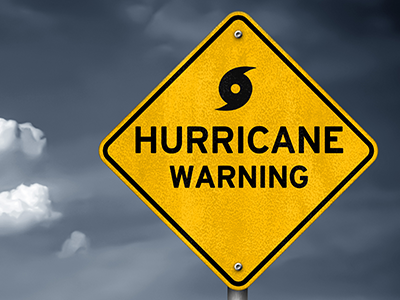

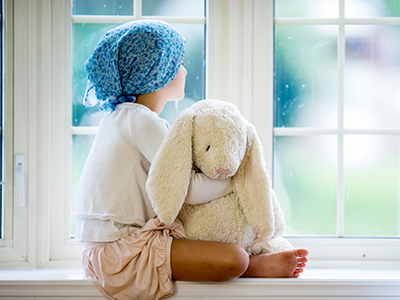

Leave a Comment
Want to join the discussion?Feel free to contribute!